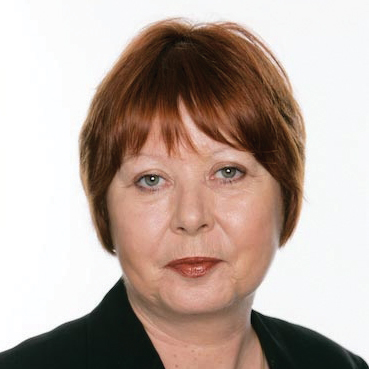
24 Mar The Right Price of Brent? Adam Smith has the Answer
It seems that basic economics doesn’t work in oil trading any more. Economics 101 suggests that if a commodity is in short supply its market price goes up….
That fundamental principle is supposed to apply unless there is intervention in the market to stop the price mechanism rationing supply and demand and bringing the market into balance. So what is intervening to stop this happening in the Brent market?
Background
Here’s the problem: Back in 2002, following several “squeezes” on the 15-day Brent market, actors agreed to amend the 15-Day Brent forward contract such that if Brent was in short supply, either because a trader had cornered the market or because there was a production problem, sellers could supply the alternative grades of Forties or Oseberg instead. The notice period for delivering cargoes was increased from 15 days to 21 days. Consequently 15-Day Brent became 21- Day Brent/Forties/Oseberg or “BFO”.
As production continued to dwindle the contract was again amended in 2007, adding Ekofisk to the basket of grades that could be supplied in lieu of Brent if there were insufficient cargoes of Brent available. So we now had 21-day BFOE.
The concept of having a basket of deliverable grades survived the step change in Forties quality in 2007 when Buzzard was introduced to Forties Blend. Buzzard made Forties Blend the least valuable grade in the so-called “BFOE” basket, so it was the grade that sellers always tended to supply. Buyers, well aware of this fact and behaving as any rational economic actor would, expected to receive Forties when they bought 21-Day BFOE and priced the contract accordingly.
To protect buyers against production fluctuations in Forties Blend that might deliver a cargo of Forties Blend that was made up of more than expected quantities of poor quality, high sulphur Buzzard, a sulphur price de-escalator was introduced.
A further minor housekeeping amendment to the contract in 2012 to extend the notice period for delivering cargoes was extended to 25 days. That brought us to a market in 25-day BFOE contract without challenging the laws of economics.
Buyers of 25-Day BFOE still knew that they were going to be delivered the least valuable grade, Forties, and priced their purchases of 25-Day BFOE accordingly. So far, so good.
Now things get strange. The supply of Forties Blend starts to dry up because some refiners like it and they tie the shrinking supply up in term contracts. In theory, no problem. If Forties is in short supply its price goes up relative to the price of the other grades in the basket, Brent, Oseberg and Ekofisk, so a rational economic actor will supply one of those three grades instead of Forties- right? Wrong!
Despite the paucity of Forties Blend cargoes available to supply into 25-Day BFOE cargoes its price continues to show it as the least valuable grade in the 25-Day BFOE basket. So sellers want cash compensation for delivering Brent or Oseberg or Ekofisk instead of the “least valuably priced” Forties. So cash compensation was introduced in 2013 in the form of quality premia to be paid to sellers that supply Oseberg or Ekofisk instead of Forties to buyers of 25-Day BFOE.
There was an unseemly scuffle about whether or not a quality premium should also be paid to sellers that supply Brent instead of Forties to buyers of 25-Day BFOE. But that is a side issue for our purposes today.
The level of quality premia that should be paid to suppliers of Oseberg and Ekofisk is giving the market a headache. The premia are currently calculated by a retroactive formula based on a percentage of price differentials amongst the relevant grades in previous months. A formula is not a market so inevitably there is disagreement about whether or not the formula is delivering an appropriate level of quality premium. This formula will change on 1st May 2014 in order to see if we can get an answer closer to a market level of quality differential.
The Interesting Bit
Hence my question: why is the price of Forties not rising to the point where it reaches a market clearing level? If it did the market price would provide all the incentive needed to encourage sellers that supply Brent, Oseberg or Ekofisk instead of Forties to buyers of 25-Day BFOE. If this happened there would be no need to debate the appropriate level of quality premium for Brent and/or Oseberg and/or Ekofisk: Adam Smith’s “invisible hand” would provide an automatic answer.
But Smith’s invisible hand only works in a free market. So is the Brent market not a free market?


